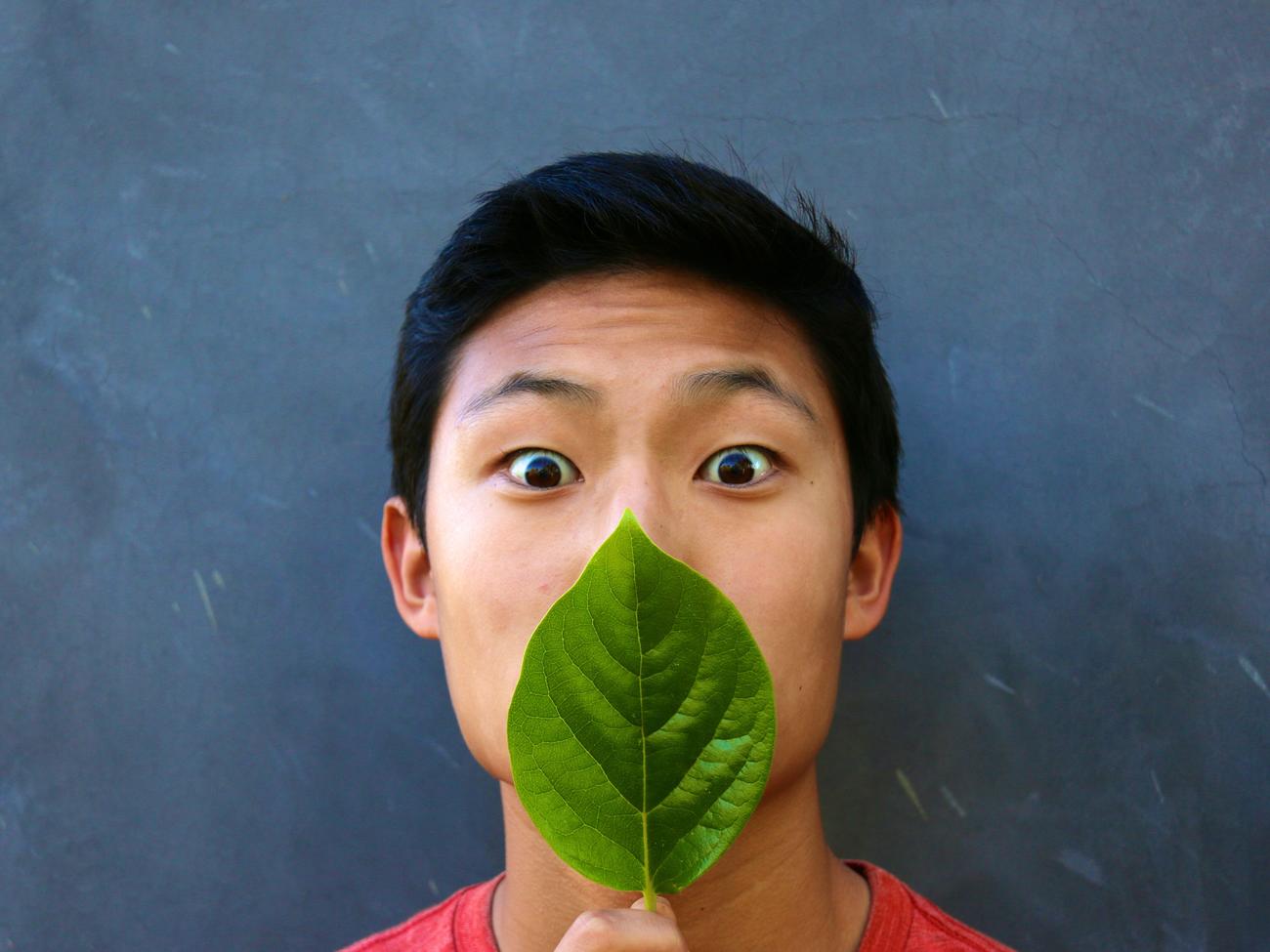
Confessions of a high school phytophile

While most teenagers get into trouble by breaking curfew or mouthing off, Los Altos high school sophomore Michael Byun found himself in a different pickle:
“I got in trouble for having too many plants in my bedroom.” With several hundred plants in his room, they were nervous about all that soil and any potential pests.
His punishment? Split the cost with his parents for a greenhouse for the backyard.
Matching his passion for plants is Michael’s knack for photography. Without any collaboration, several of Sunset‘s garden and photography editors started following Michael’s Instagram feed (@phytophile) a year or so ago, all separately impressed by his astute plant identification along with his keen eye. “I love seeing what he discovers in the plants he photographs,” says Linda Peters, our photo editor for the garden department at Sunset.
“He’ll find a fresh take on a plant that’s been photographed a million times. And I never would have guessed he’s so young.”
We’re keeping an eye on Michael, and you should too.
How did you get interested in plants?
“Since I was little, I’ve always marveled at plants’ ability to transform raw elements into beautiful, colorful, and sometimes crazy forms. Growing up, my mom used to send me out to count tomatoes in the veggie beds, and my love grew (no pun intended) to what it is now. For me, there’s something of a primitive response to plants, a desire to be surrounded by nature. There’s actually a name for it: “biophilia.” I think it’s something we all have, but so many people have pushed it aside and forgotten.”
Do you have a favorite group of plants?
“I do! My favorite group of plants are bromeliads. It’s an incredibly diverse family that includes pineapples, air plants, and Spanish moss. What I love about them is that they’re easy to grow (most require little water or maintenance) and manage to look beautiful while being crazy. They come in red, orange, yellow, green, blue, purple, black, brown, white, and everything in between. Some are huge and sharp like agaves while others are curly and smaller than your finger. In American rain forests, bromeliads grow abundantly in the trees, where their leaves form a vaselike shape to hold water. They create entire mini-ecosystems in their pools of water—some frogs live their entire life cycle in the bromeliads.”
Where did you learn about photography?
“I learned the technical side of photography from an elective in middle school, but I think the important part is the creative side. I look at the work of photographers whose work I enjoy and use my own sense of beauty to inform how I take pictures. Learning how to take good photos is, in a way, like learning to see. Your eyes become opened up to beauty that was always there but that you had always overlooked. It’s a learning process, and I am by no means done with it. I am still learning the craft!”
What are you tips for taking awesome plant photos?
“Look where others don’t. So many people miss beautiful things because they’re on the underside of a leaf, or aren’t where the big colorful flowers are. Look for patterns—things that repeat tend to be visually appealing. Sometimes a simple, patterned background will make a subject pop. Lighting is key. Where is the light coming from? Does it create harsh shadows and glare, or is it softer? Try illuminating edges with backlighting. And keep it simple—it’s okay if you don’t get everything in one frame, and you’ll avoid distracting from your focus. And of course, look for things that are beautiful to you. You’re the one who should enjoy your photos more than anyone else!”